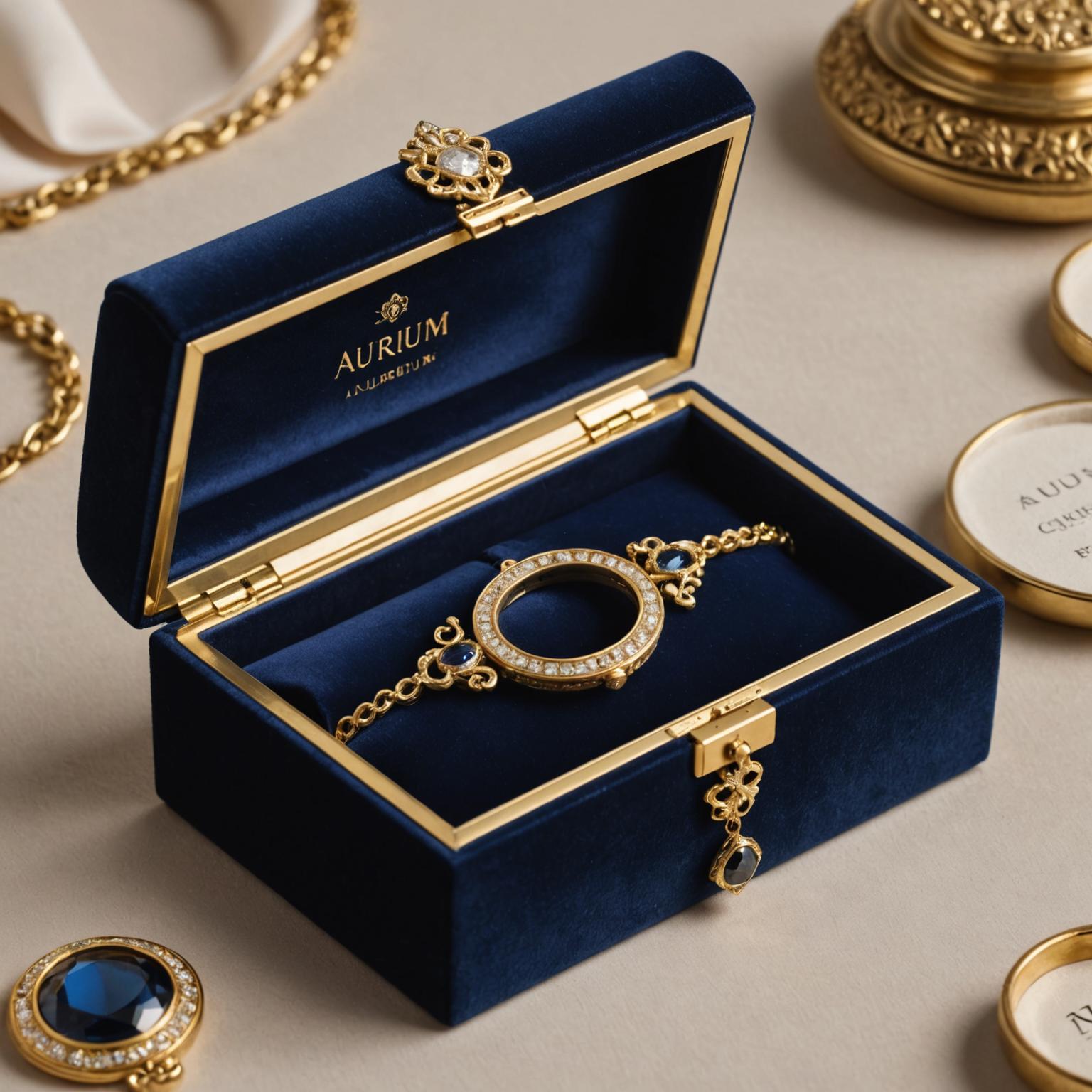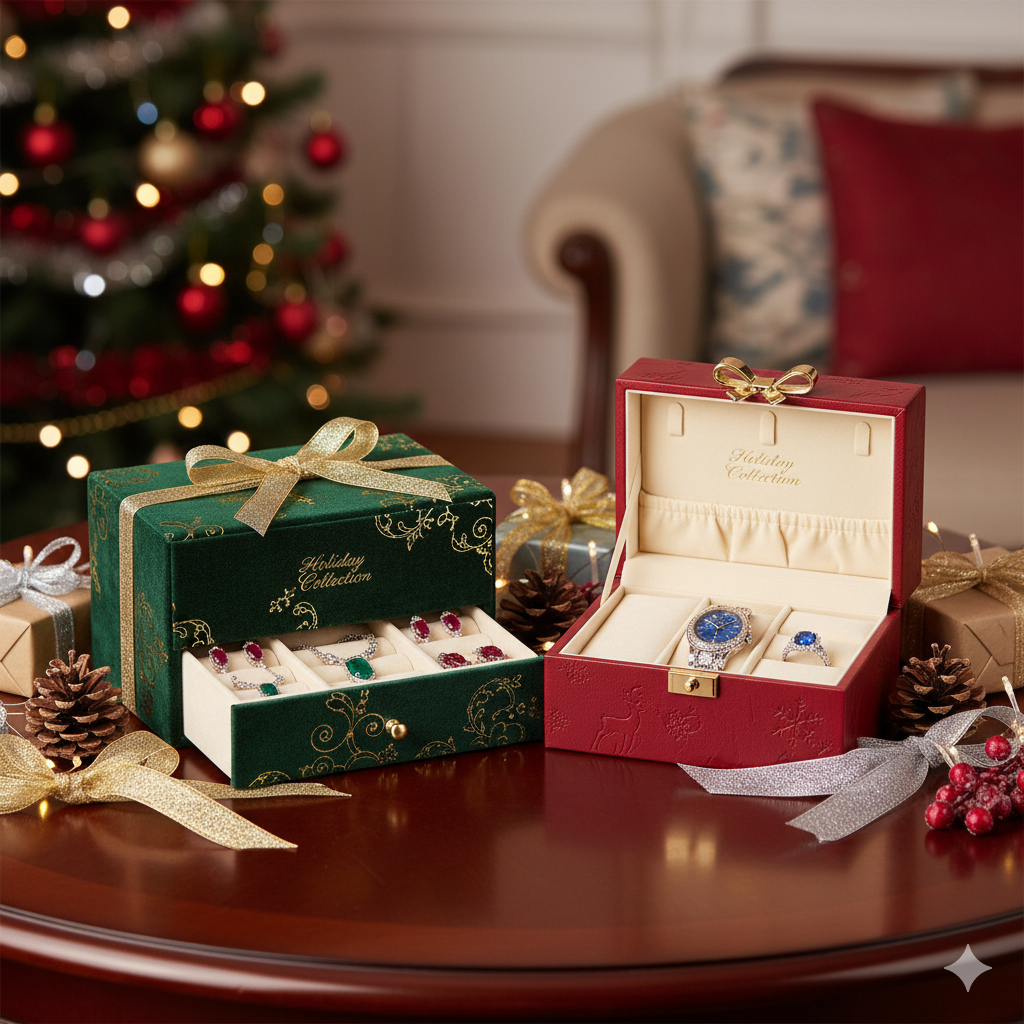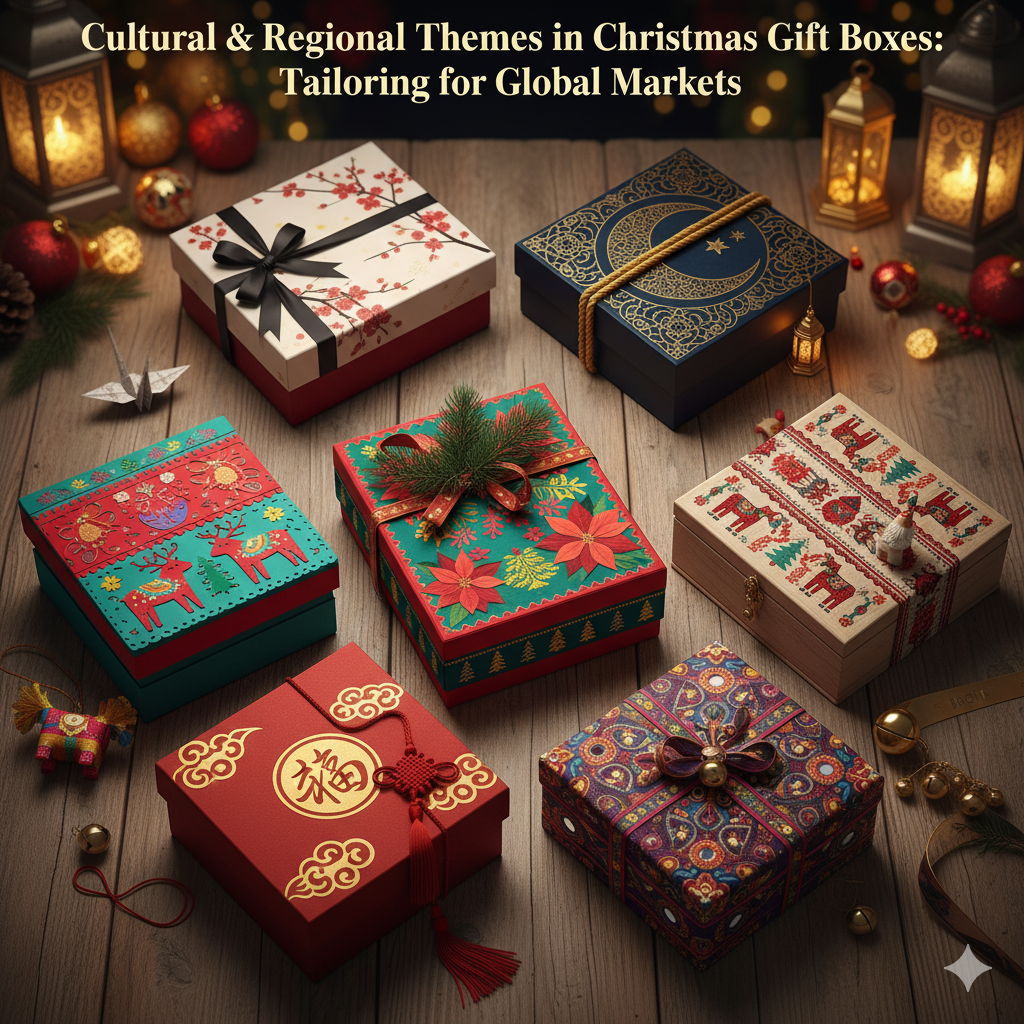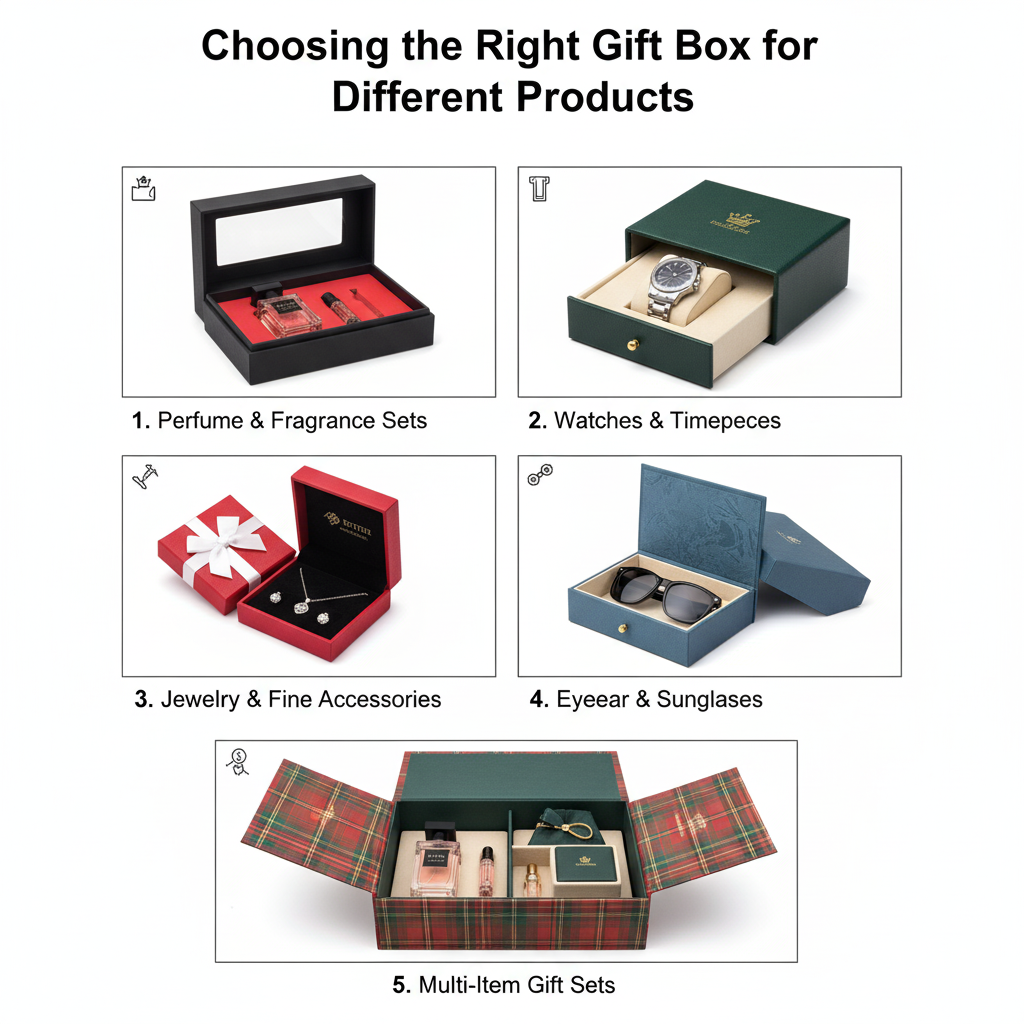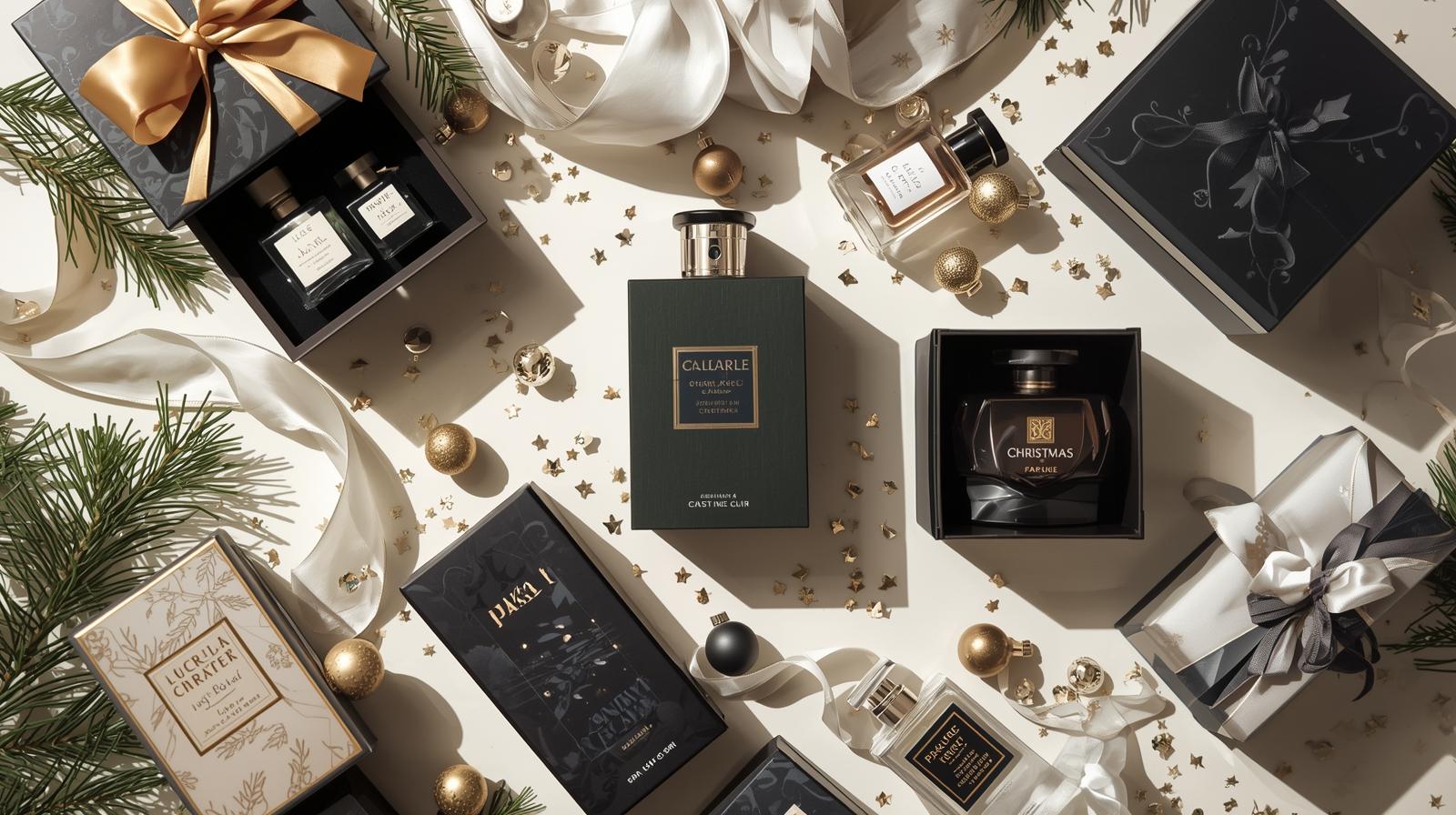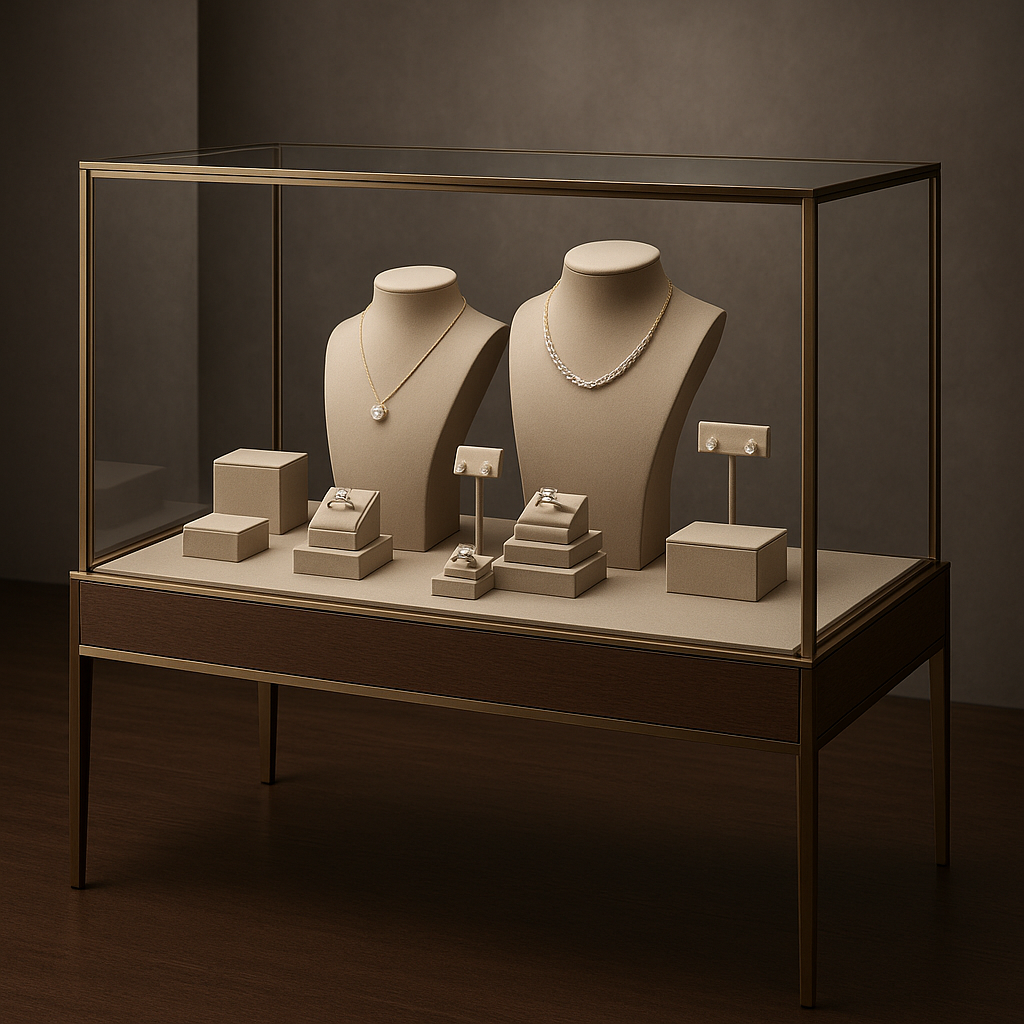
Engineering Elegance: Inside a Necklace Box Factory Combining Art and Precision
When Packaging Becomes a Brand Promise
In the jewelry industry, packaging is the first touchpoint of emotion. Yet, many brands still face repetitive complaints: boxes collapse during transport, magnets misalign, velvet peels after storage, or visual finishes fade under light.
These flaws don’t stem from aesthetics alone—they originate from structural imbalance, low material precision, and outdated assembly techniques. A modern necklace box factory like BETTER INDUSTRIAL redefines this by merging engineering discipline with handcrafted finesse, creating packaging that protects, performs, and persuades.
The Science Behind Every Lid and Liner
Behind every elegant necklace box lies a set of mechanical calculations invisible to the eye. The thickness of each paperboard layer, the torque of a hinge, and even the pressure curve of the magnetic closure determine whether a box feels “luxurious” or “fragile.”
At BETTER INDUSTRIAL, engineers simulate compression and torsion strength using 3D CAD software before cutting a single board. Materials are selected based on stress load, humidity tolerance, and tactile texture.
-
Rigid core selection: High-density grayboard combined with recyclable PU or velvet for dimensional stability.
-
Joint optimization: Reinforced corner bonding minimizes cracking from repeated opening.
-
Surface–structure synchronization: Hot stamping, lamination, and embossing are designed alongside fold lines to prevent color cracking.
-
Sustainability metrics: 85% of box materials are FSC certified, balancing aesthetics with circular economy goals.
The result? A box that not only looks refined but maintains structural integrity through global shipping and long-term display.
Traditional vs. Engineered Craftsmanship
| Feature | Conventional Necklace Box | Engineered by BETTER INDUSTRIAL |
|---|---|---|
| Material Composition | Mixed cardboard and plastic | Recyclable composite with reinforced grayboard |
| Closure System | Basic metal snap | Precision-aligned magnetic hinge |
| Consistency | Manual folding, uneven gap | CNC die-cut tolerance < 0.3 mm |
| Durability | Deforms under pressure | Compression-tested up to 60 kg |
| Visual Longevity | Fades after UV exposure | Lamination and matte coating UV-resistant |
| Eco Compliance | Limited recyclability | FSC + WCA certified production chain |
Unlike generic workshops, BETTER INDUSTRIAL integrates digital tooling, material testing, and sustainable sourcing into one controlled process—bridging art with repeatable industrial accuracy.
Why Precision Design Delivers Tangible Value
1. Reduced Defect and Return Rates
Every component is digitally aligned, reducing hinge misalignment and surface wrinkles by up to 40%.
2. Lighter, Stronger, Greener
Optimized grayboard architecture cuts material weight 15% while increasing strength 25%, directly lowering international shipping costs.
3. Sensory Experience Enhancement
Velvet density, box opening torque, and lid rebound are calibrated to create a signature tactile rhythm—what clients describe as “premium feel.”
4. Sustainable Excellence
Each factory line follows ISO 9001 and FSC protocols, ensuring traceability of every batch, from sourcing to assembly.
5. Brand Scalability
Unified digital color libraries and embossing molds guarantee identical brand presentation across regions.
From Showcase to Shipment: Practical Applications
High-End Jewelry Retailers
Require consistent color and texture across hundreds of SKUs. The modular inner trays designed by BETTER INDUSTRIAL allow easy insert swaps for varied necklace lengths and pendant shapes.
E-Commerce Brands
Benefit from fold-flat shipping versions that cut logistics volume by 25% without compromising luxury appeal.
Sustainable Boutiques
Prefer kraft-based necklace boxes with cotton linings, offering both minimalism and recyclability that align with eco-conscious marketing.
Choosing the Right Necklace Box Factory: Key Considerations
-
Volume Stability: For global brands, ensure automated cutting and folding equipment maintain sub-millimeter tolerance.
-
Material Reliability: Ask for FSC and RoHS compliance to verify sustainability claims.
-
Customization Depth: Confirm the factory’s in-house ability to integrate embossing, foil stamping, and magnetic closures.
-
Logistics Adaptability: Evaluate flat-pack options if exports are core to your operation.
-
Prototype Efficiency: Fast 3D mockups and sampling within 7 days can shorten launch cycles.
When these standards align, collaboration evolves from supplier-based to engineering partnership, ensuring packaging becomes a measurable brand asset.
Industry FAQs
Q1: Do eco-friendly necklace boxes compromise visual luxury?
No. Recyclable velvet and textured paperboard now deliver identical tactile richness to synthetic PU while reducing carbon impact.
Q2: Can magnetic closures interfere with delicate jewelry?
Magnetic intensity is calibrated and shielded to avoid contact or demagnetization effects on metallic jewelry.
Q3: What’s the usual production timeline?
Prototype within 5–7 days; mass production in 20–25 days after approval.
Q4: Is there a minimum order quantity?
Typically 1,000 units per size or design, with small pilot runs available for new collections.
Q5: How does BETTER INDUSTRIAL ensure quality consistency?
Each batch undergoes compression, humidity, and color deviation tests under ISO 9001 quality protocols.
Redefining Craft Through Structure and Sustainability
A necklace box is the silent signature of every jewelry brand—its structure, texture, and opening motion reflect craftsmanship long before the product inside is seen.
By merging precise engineering with responsible materials, BETTER INDUSTRIAL transforms packaging into a narrative of trust and sophistication. To explore structural innovations and custom packaging strategies, visit our homepage or contact us for tailored consultation.
